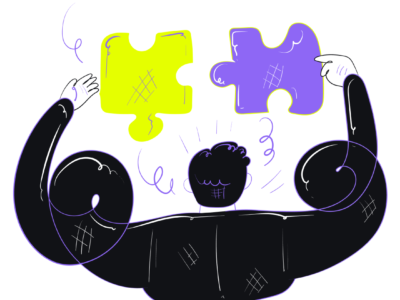Potential Health Hazards
When using sandblasters, there are a number of potential health hazards that are important to consider. Many of the abrasive materials commonly used in sandblasters can be toxic and cause a variety of issues. Silica sand can cause a number of issues, ranging from breathing problems and lung cancer to scoliosis. Garnet sand and coal slag can cause similar damage, as can copper slag, nickel slag, and glass.
How to Stay Safe
Sandblasting can be a dangerous job, but there are a number of ways to ensure that employees stay safe while using sandblasters. First, it’s important to recognize that each job has unique qualities. While assuming that all jobs present the same hazards may save time, it’s not usually in the best interest of the workers. Carefully inspect your equipment, environment, and blasting material before each job, and be aware of any potential hazards that could occur. It’s a good idea to assign one trained employee as a safety manager at the start of each job. The safety manager on your team needs to not only be able to identify hazards, but also eliminate them with as much efficiency as possible. 
It’s important that your employees know how to follow personal hygiene safety protocol when using sandblasting equipment. Using tobacco products, eating, and drinking needs to be prohibited in sandblasting areas. You’ll need to provide multiple wash stations so that employees are able to wash their hands and faces before engaging in these activities. Employees must also remove or vacuum the clothing they wore while sandblasting before eating, drinking, or using tobacco products. Before leaving the job site, workers who came into contact with the sandblasting area need to change into different clothes. You’ll want to provide a contained storage space for the safe keeping of personal belongings (do not allow clothes that have been contaminated to enter this area).
In addition, employees will need to protect their lungs, ears, and eyes while using sandblasting equipment. A respirator appropriate for abrasive blasting must cover the employee’s neck, head and shoulders- this will protect the employee from breathing in the abrasive material. Sandblaster operators are not the only people who need respiratory protection- this is important for anyone who is in contact with the environment being sandblasted, even the cleanup crew. Sandblasters will also require ear and eye protection while they’re working, along with a helmet, coveralls (or long leather gloves and aprons), and safety boots.
Sandblasting is efficient and effective, and can be done safely, as long as employees know the proper protocol. At the start of each job, have a team meeting to go over the job’s safety manager and any potential hazards that can be avoided.













Comments